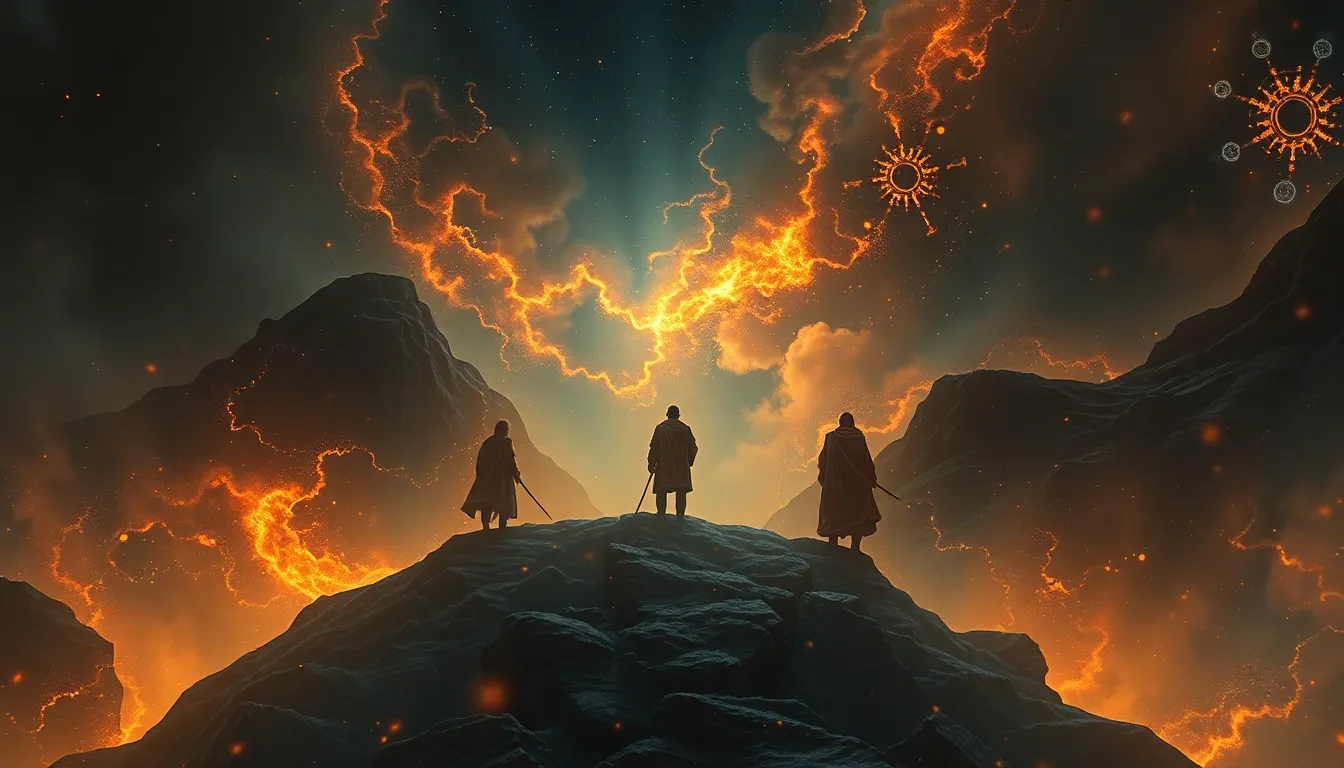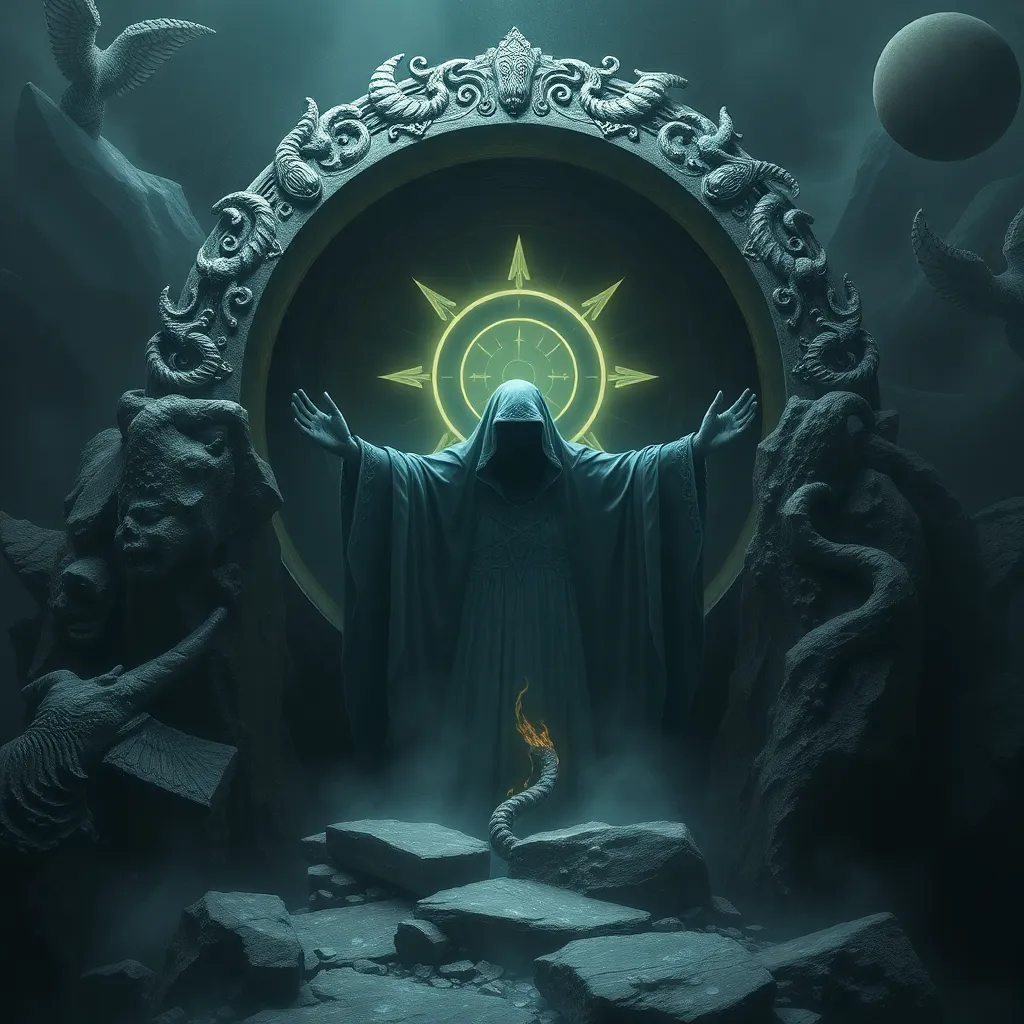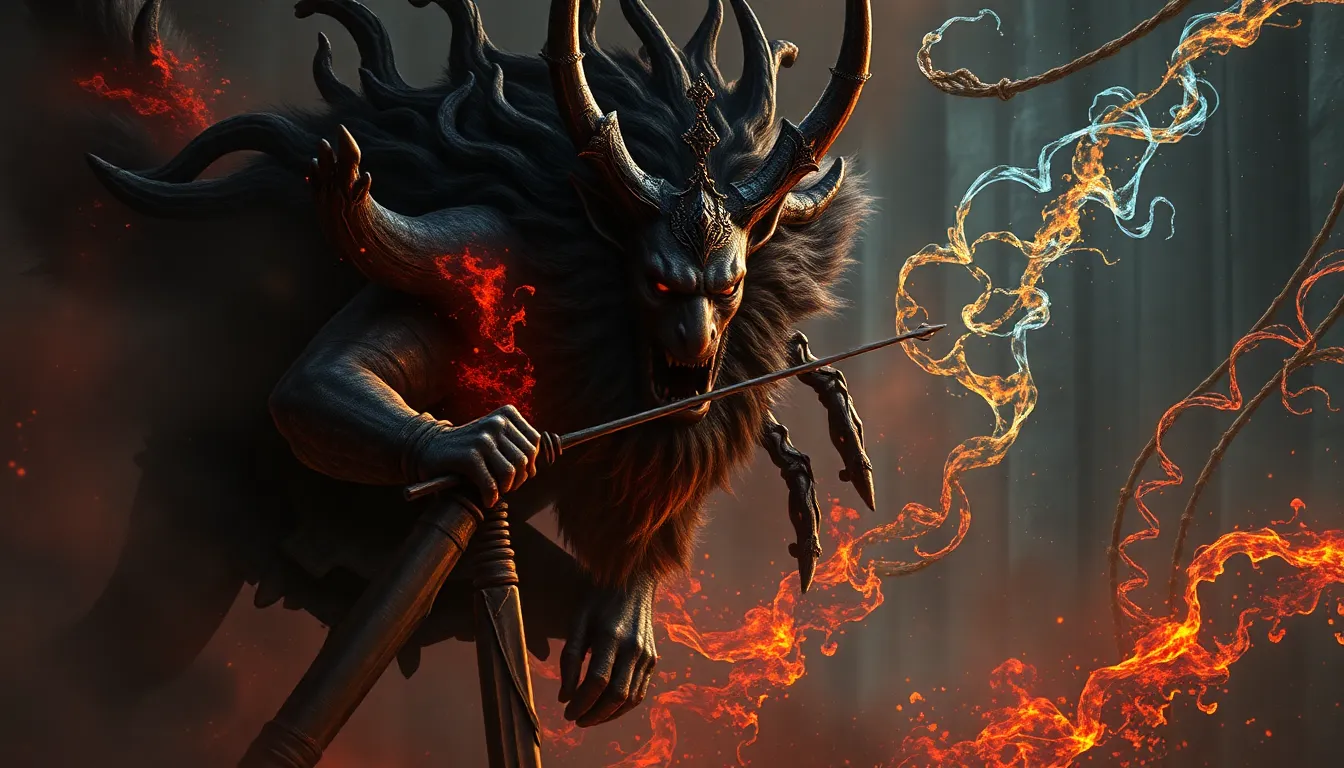The Role of Nature in Celtic Mythology
The rich tapestry of Celtic mythology is intricately woven with the essence of nature. Nature plays a pivotal role in Celtic beliefs and folklore, shaping their legends, deities, and spiritual practices. Understanding the significance of nature in Celtic mythology provides a deeper insight into the worldview and values of the ancient Celtic people.
Natural Elements as Divine Beings
In Celtic mythology, various natural elements such as rivers, mountains, and forests were revered as divine beings. Deities were often associated with specific natural features, embodying the spirit and power of these elements. For example, the goddess Brigid was linked to the sacred flame, while the god Cernunnos represented the wilderness and the forest.
The Celts believed that these natural entities held great influence over their lives, offering protection, guidance, and blessings. By honoring and respecting the natural world, the Celts sought to maintain harmony and balance in their relationships with the divine and the environment.
Celebration of Seasonal Cycles
Seasonal celebrations held significant importance in Celtic mythology, reflecting the cyclical nature of life, death, and rebirth. The four major Celtic festivals – Imbolc, Beltane, Lughnasadh, and Samhain – marked key points in the agricultural calendar and honored the changing seasons.
These festivals were deeply rooted in nature, with rituals and ceremonies performed to ensure a prosperous harvest, protect livestock, and symbolize the eternal cycle of life. By aligning themselves with the rhythms of nature, the Celts believed they could harness its powers and secure the blessings of the gods for their communities.
Sacred Landscapes and Otherworldly Realms
The Celtic people held certain landscapes and natural sites as sacred, believing them to be gateways to the Otherworld – a realm where gods, spirits, and mythical creatures resided. From mist-covered hills to meandering rivers, the beauty and mystery of nature permeated their beliefs and stories.
Many Celtic myths featured journeys to the Otherworld, where heroes encountered supernatural beings, gained wisdom, or embarked on quests of great significance. The landscape itself often served as a character in these tales, shaping the narrative and influencing the outcomes of heroic adventures.
Harmony with Nature and the Modern World
Although Celtic mythology originated in ancient times, its emphasis on nature as a source of spiritual connection and reverence remains relevant today. In a modern world characterized by technological advancements and urbanization, the wisdom of the Celts offers a reminder of the intrinsic bond between humanity and the natural world.
By rediscovering the roles of nature in Celtic mythology, we can cultivate a deeper appreciation for the environment, tap into the beauty of seasonal changes, and embrace a more harmonious relationship with the Earth. Through understanding the Celtic perspective on nature, we may find inspiration to preserve and protect our natural landscapes for future generations.
FAQ about the Role of Nature in Celtic Mythology
What is the significance of nature in Celtic mythology?
Nature plays a vital role in Celtic mythology, often representing the interconnectedness of the physical and spiritual worlds. Trees, rivers, animals, and landscapes are imbued with symbolism and seen as sacred in Celtic belief, reflecting the cycle of life, death, and rebirth.
How do Celtic myths portray the elements of nature?
Celtic myths depict elements of nature such as forests, mountains, and bodies of water as inhabited by powerful spirits, gods, and goddesses. These natural features are not just background settings but integral components of the stories, showing the deep respect and reverence Celts held for the environment.
Can you give examples of nature-related deities in Celtic mythology?
In Celtic mythology, deities like Cernunnos, the Horned God of the forest and animals, and Danu, the mother goddess associated with rivers and fertility, exemplify the close relationship between nature and divinity. Creatures like the Celtic dragon and the stag are also revered for their connections to the natural world.
How does nature influence Celtic rituals and celebrations?
Celtic rituals often take place in natural settings like groves or atop hills, honoring the spirits of the land and the cycles of nature. Festivals such as Beltane and Samhain are



